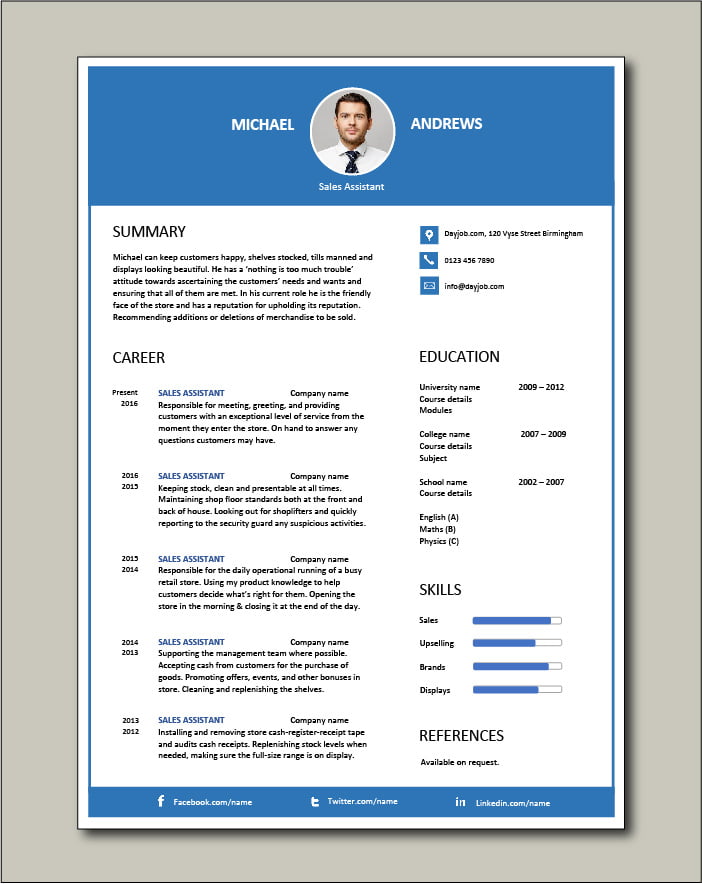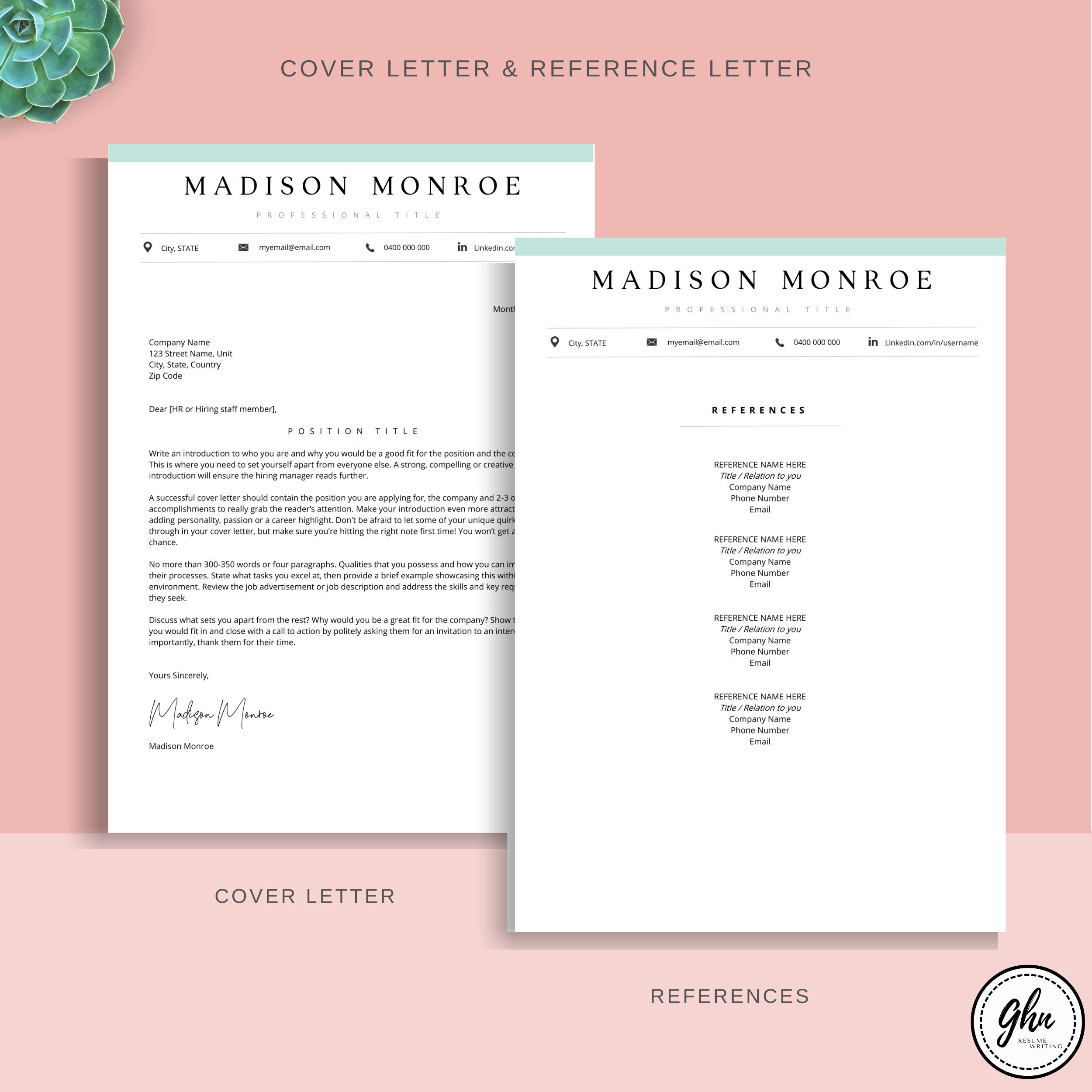

For quantitative data, the researcher used a standardized Multiple Intelligences Inventory by Walter McKenzie (1999) and a questionnaire on Motivational Orientations in Learning EFL. To achieve this objective, two research tools were used namely, survey questionnaire and focused group discussion (FGD). The main purpose of this study is to determine the dominant types of multiple intelligences and motivational orientations of students in learning English as a Foreign Language (EFL).

The most important findings are that the majority of students’ learning styles are auditory, few are visual, and only three out of 16 are visual auditory while one candidate is visual kinesthetic. The data-gathering tool was VAK learning styles measurement tool which aims to identify the learning styles of students according to three main styles: visual, auditory, and kinesthetic. The second part is a case study which attempts to investigate the learning styles of around 16 TESOL masters students. It covers the concept of learning from a second language acquisition perspective, individual differences and personality in SLA, personality & learning, adults’ perception of learning, learning styles and culture, the differences between learning style and learning strategies, the relationship between learning style and cognitive style, broader models of learning style, and finally learning style and teaching. The study is divided into two main parts. This study aims at exploring the concept of LEARNING STYLES in the context of second language acquisition, and it also seeks to identify the learning styles of 16 TESOL Master’s students. The limitations of Synapsys Assessments We believe that any Assessment Tool which provides insights into individual’s behavior, personality, traits, etc and which is meant to assist people in taking knowledgeable decisions about themselves and others has to be thoroughly researched, grounded in documented and accepted theories, validated and tested for reasonable accuracy. The significant and published research which validate and support the premises on which Synapsys Assessments are based 4. A critique of these theories and comparison with other popular and established theories 3.

The theories on which the Synapsys Assessments have been based 2. In this treatise we have attempted to document the following 1. These assessment tools have proved to be easy to use and interpret, reasonably priced, effective and accurate. Synapsys Assessments have been found to be extremely valuable to parents, teachers, educationists and corporate human resource professionals in understanding people, their behavior, motivations and innate propensities so as to make intelligent choices and maximize the potential of people they are responsible for. The use of varied strategies to arouse students' interest may also be observed to cater the students' multiple intelligences.įor over 3 years Synapsys Assessments (SMIA and SPIA) have helped people of all ages – very young school children, parents, college graduates, working professionals and human resource managers to understand themselves and others around them in a positive way. The study recommends that teachers may utilize engaging, relevant, and learner-centered motivational strategies to make Science instruction more alive and more effective.

Science trivia, picture presentation, and mini labwork are the most common motivational strategies used by Science teachers. The study found out that the students moderately preferred visual-auditory (M=2.88), logical-mathematical (M=2.70) and kinesthetic (M=2.60) motivational strategies. The motivational strategies were classified based on Howard Gardner's theory on multiple intelligences. This cross-sectional survey research explores the preferred motivational strategies in science instruction among 106 high school students in a public secondary school in Zambales, Philippines. However, very few researches have been conducted on students' preferences in these different motivational strategies. A multitude of strategies are being utilized by the teachers to engage students in the classroom activities and foster critical thinking which can ignite their interest in the lesson.


 0 kommentar(er)
0 kommentar(er)
